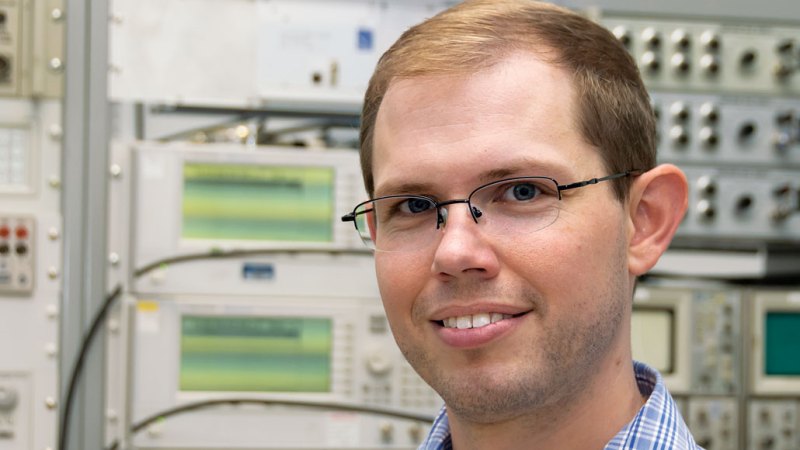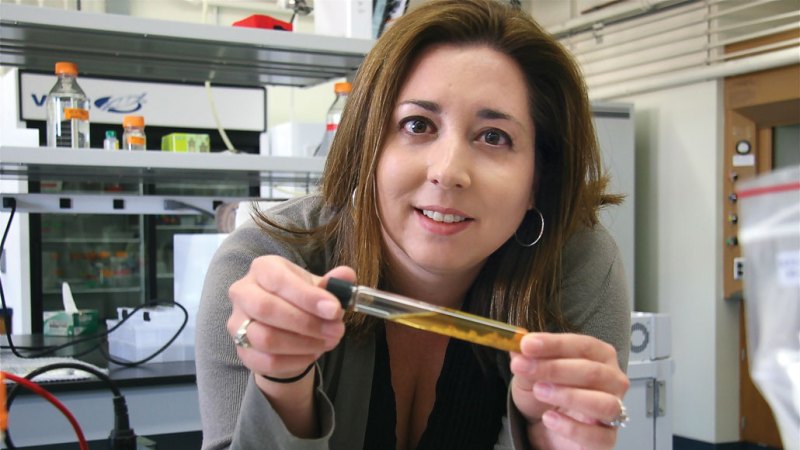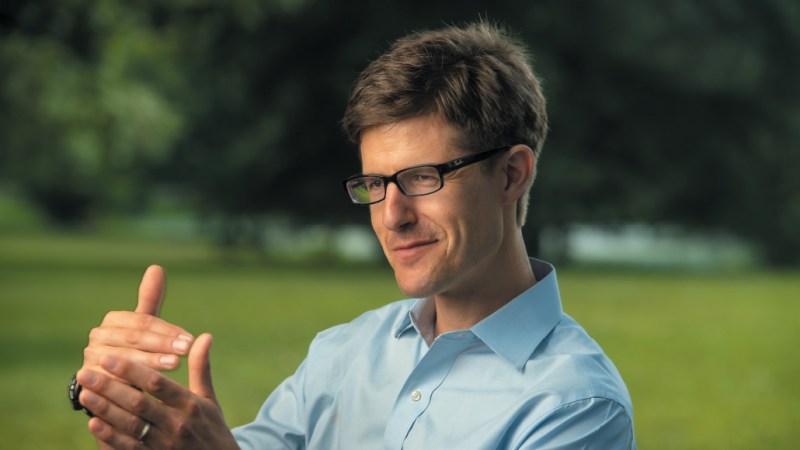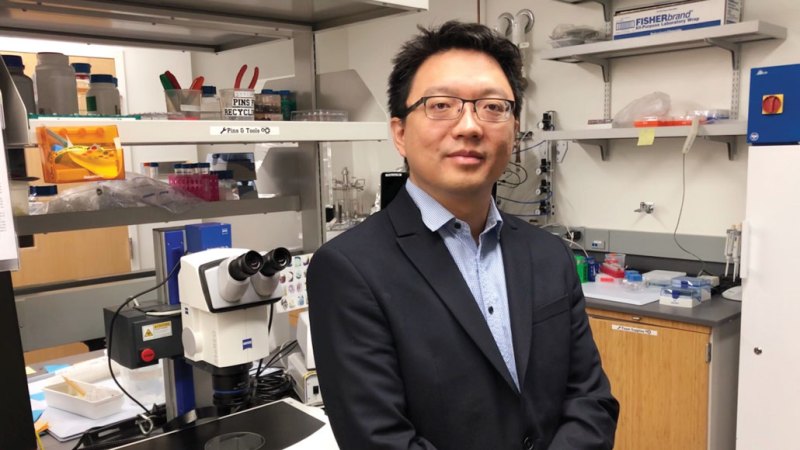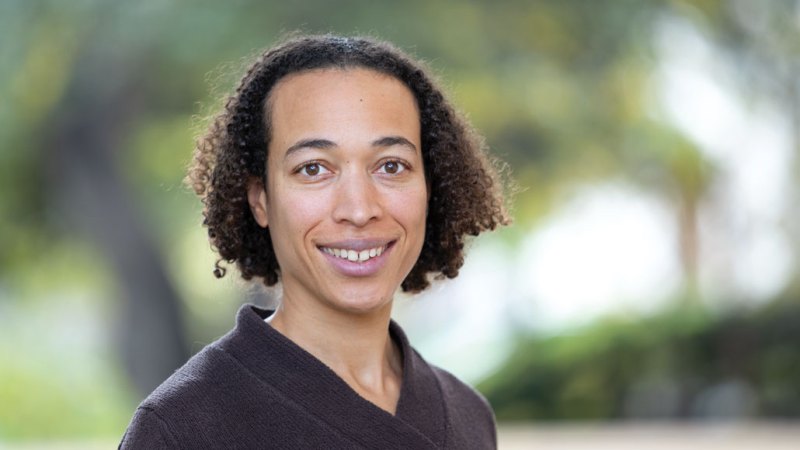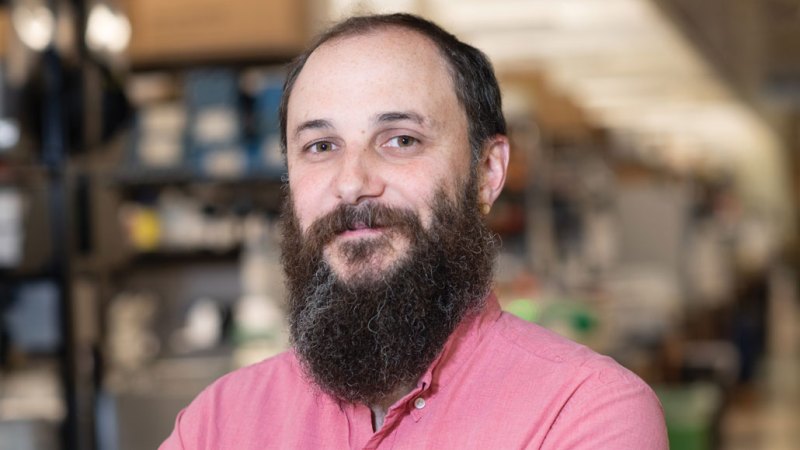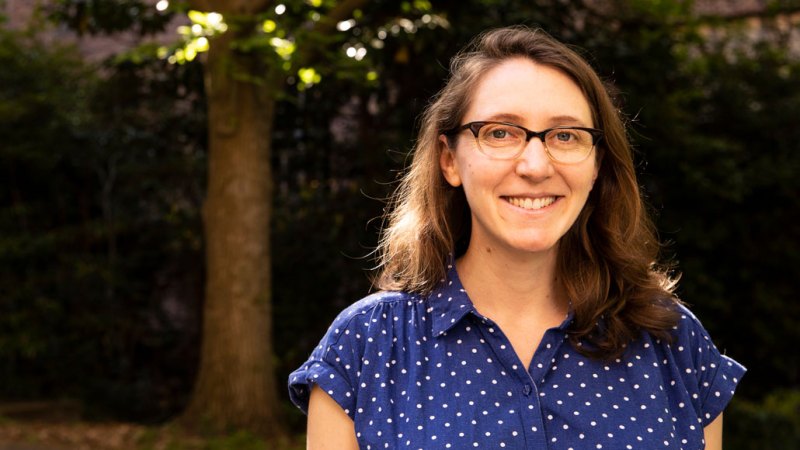This year’s SN 10 enjoy the journey, not just the discovery

With their sights set on topics ranging from green fuels and climate change to strange materials and mind control, these early- and mid-career scientists are proving their potential.
Sam Falconer
- More than 2 years ago
After nearly four years of painstaking work, in 1902 Marie Curie produced one-tenth of a gram of radium chloride from several tons of uranium ore. It took her another eight years to isolate pure radium. The effort won her a second Nobel Prize and cemented her legacy as one of science’s most tenacious minds. “One never notices what has been done; one can only see what remains to be done,” Curie once wrote to her brother, Józef Skłodowski.
Doing science, and doing it well, can be frustrating, tedious and messy. There are long days at the computer, finicky experimental setups, do-overs and dead ends. And for one researcher featured on the pages that follow — digging into goat poop. Yet this year’s SN 10: Scientists to Watch appear to take it in stride. Why? They enjoy the work.
For the fifth consecutive year, Science News is spotlighting 10 early- and mid-career scientists who are persistent enough to make headway on science’s big questions. Some are tackling problems of societal importance: studying how climate change will affect food supplies, for example, or trying to make education more equitable. Others are seeking knowledge to answer fundamental questions, such as how the chemistry of space gives rise to the chemistry of life. Members of this year’s group are developing new tools to see deep into cells or into the mind, and are finding new routes to green fuels (thank you, goats).
Sign up for our newsletter
We summarize the week's scientific breakthroughs every Thursday.
And they’re doing it all before age 40. Nominations came in from Nobel laureates and recently elected members of the National Academy of Sciences. For the first time, our list also includes a name submitted by a previous SN 10 scientist; we had a hunch that young researchers would have intel on their standout peers. A Science News staff committee scrutinized the lot for contributions to science thus far and signs of future success.
For all their persistence, these scientists have equal amounts of passion. I was lucky enough to write one of this year’s profiles — indulging my own delight in writing about the complexities of physics. As Monika Schleier-Smith told me during our interview, “I feel very fortunate to have a job where the work feels like play.” Read on; she’s not alone. — Elizabeth Quill
Meet the SN 10
Brett McGuire
The complex molecules Brett McGuire has discovered in interstellar space may point to the origins of carbon-based life.
Read more
Michelle O’Malley
Michelle O’Malley studies anaerobic gut fungi, microbes that could help make chemicals and fuels from sustainable sources.
Read more
Parag Pathak
Economist Parag Pathak has overhauled school choice systems across the United States. Now he’s assessing what makes for a good education.
Read more
Malin Pinsky
As global temperatures rise, Malin Pinsky’s research attempts to understand how marine ecosystems are changing and why.
Read more
Stanley Qi
By adapting CRISPR/Cas9, Stanley Qi has given genetic engineers a plethora of new tools.
Read more
Monika Schleier-Smith
Monika Schleier-Smith forces atoms to interact in ways that could offer insights into quantum computing, precision timekeeping and perhaps black holes.
Read more
Maryam Shanechi
Maryam Shanechi creates computer programs that link brain and machine to one day help patients with paralysis or psychiatric disorders.
Read more
Seth Shipman
Seth Shipman is developing tools that may reveal hidden biological processes.
Read more
Abigail Swann
Abigail Swann’s studies reveal that water vapor from forests can affect drought patterns a hemisphere away.
Read more
Andrea Young
Physicist Andrea Young has set his sights on the strange ways electrons behave in flat, layered structures.
Read more
